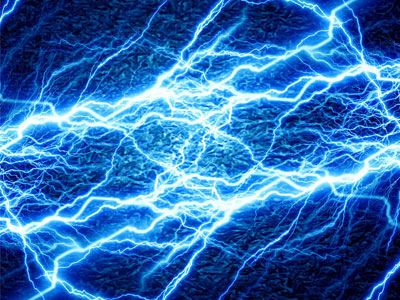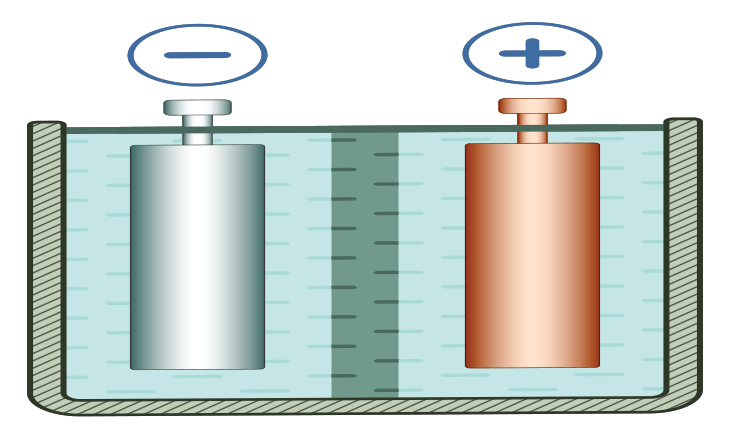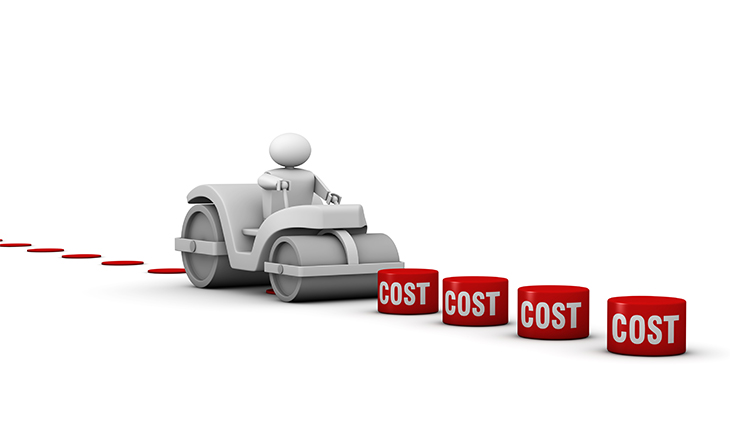Blog
What is Electrolysis and What Role Does It Play in Salt Chlorine Generation?
Electrolysis is the process of breaking down a chemical into its components through the application of an electrical current. It is at the heart of salt chlorine generation in swimming pools, and, in this article, we explain why.
Electrolysis involves applying an electrical current to a pair of electrodes (conductors) that are immersed in a liquid solution. When the current is applied to the electrodes, several things occur: one electrode becomes negatively charged, turning into what is called a cathode; one electrode becomes positively charged, turning into what is called an anode; and the compounds found within the liquid solution separate into their respective components. When the liquid solution passes between the electrodes, the cathode attracts the positive ions in the solution, while the anode attracts the negative ions.
Electrolysis in Salt Chlorine Generation
The ruthenium oxide coating on the salt cell’s rectangular plates make chlorine generation through electrolysis possible. The electrical charge to the coated plates creates chloride ions that combine to create chlorine gas. When this chlorine gas is introduced into the swimming pool, hypochlorous acid and hypochlorite ions (which are disinfectants) are created.
The ratio of hypochlorous acid to hypochlorite ions is dependent upon the pH level of the swimming pool water. Greater amounts of hypochlorous acid are produced at lower pH levels, while greater amounts of hypochlorite ions are produced at higher pH levels. Because hypochlorous acid is a much more efficient disinfectant than are hypochlorite ions, lower pH levels are key to effective swimming pool sanitization.
Hypochlorous acid and hypochlorite ions ultimately revert back to sodium chloride and undergo the process of electrolysis again. Thus, salt chlorine generators are able to recycle the swimming pool’s disinfectants, reducing homeowners’ chemical costs in the long run.
Though salt chlorine generation has seen a growth in popularity, plenty of homeowners prefer to utilize other sanitation methods in their swimming pools. What method do you use? Why? Leave a comment below! We at AutoPilot would love to hear your thoughts.
Para leer este artículo en español, por favor haga click acá
























